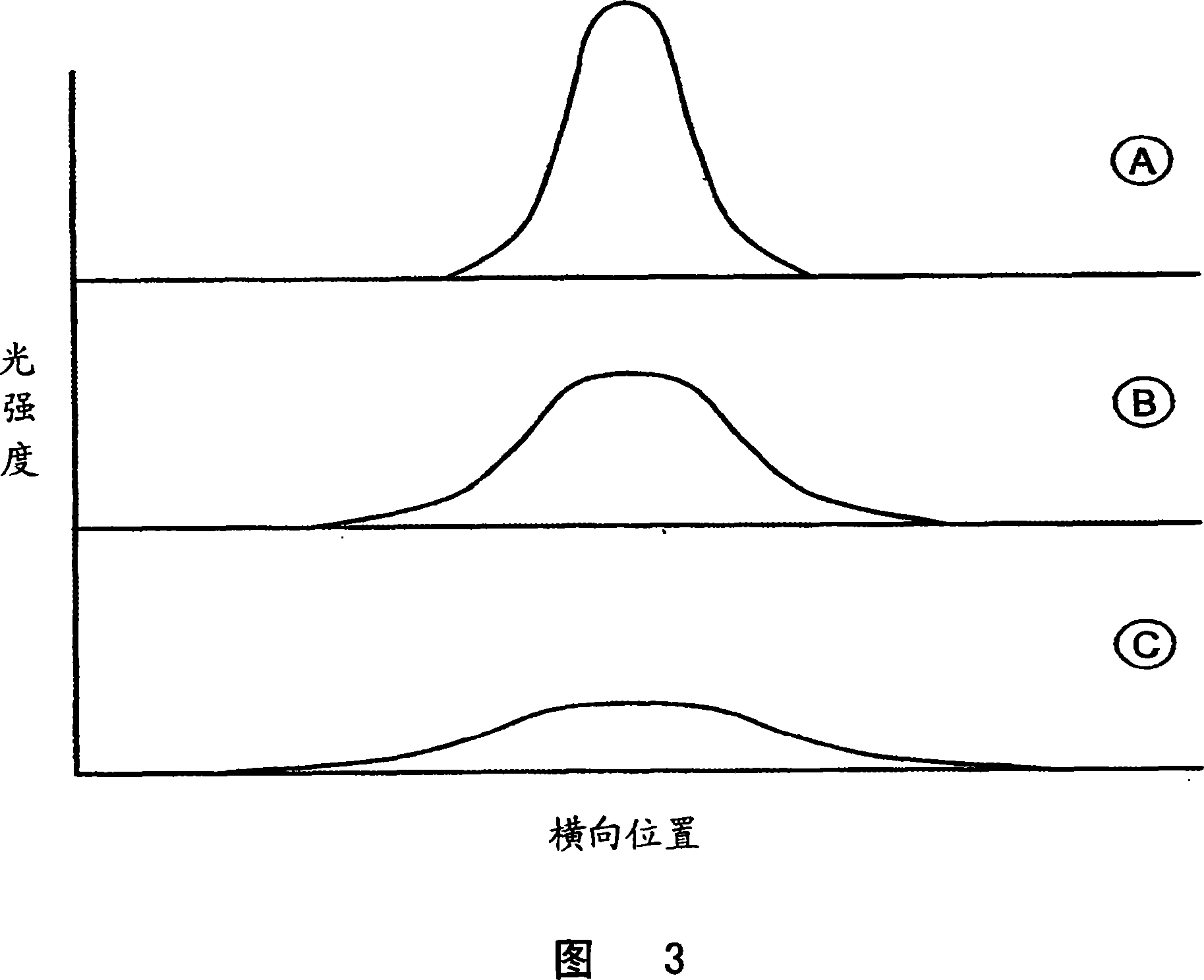Pixelated detectors with depth of interaction sensitivity
A technology of interaction depth and photodetector, which is applied in the field of medical imaging, can solve problems such as noise sensitivity, and achieve the effect of improving resolution and improving image resolution
- Summary
- Abstract
- Description
- Claims
- Application Information
AI Technical Summary
Problems solved by technology
Method used
Image
Examples
Embodiment Construction
[0020] A positron emission tomography (PET) system includes a PET scanner 10 having a stationary annular gantry 12 surrounding an imaging region 14 . Mounted around the ring-shaped gantry are a plurality of pixelated radiation detector modules 20 with their radiation-sensitive sides facing the imaging region 14 .
[0021] A human imaging subject or other types of imaging subjects are placed in the imaging area 14 . The radiopharmaceutical administered to the imaged subject produces a nuclear decay event that emits a positron as one of the products. The positron rapidly annihilates with a nearby electron, producing a pair of opposing 511keV gamma rays. As an example, an example of a nuclear decay event 24 is illustrated in FIG. 1 , the trajectories of two opposing gamma rays extending from the nuclear decay event 24 in opposite directions, indicated by lines 26 , 28 . Each gamma ray strikes a pixelated radiation detector module 20 .
[0022] With continued reference to FIG. ...
PUM
 Login to View More
Login to View More Abstract
Description
Claims
Application Information
 Login to View More
Login to View More - R&D
- Intellectual Property
- Life Sciences
- Materials
- Tech Scout
- Unparalleled Data Quality
- Higher Quality Content
- 60% Fewer Hallucinations
Browse by: Latest US Patents, China's latest patents, Technical Efficacy Thesaurus, Application Domain, Technology Topic, Popular Technical Reports.
© 2025 PatSnap. All rights reserved.Legal|Privacy policy|Modern Slavery Act Transparency Statement|Sitemap|About US| Contact US: help@patsnap.com



